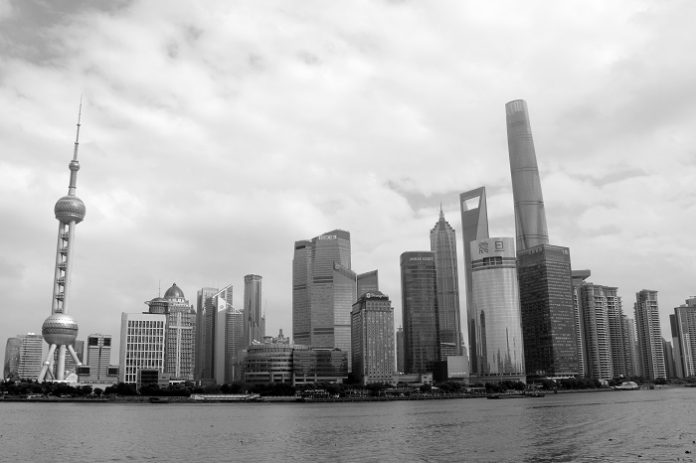
China’s economy continued to slow in the first quarter of 2016, official data showed on Friday, but several key indicators pointed to signs of stabilizing.
The country’s GDP grew 6.7 percent year on year to reach 15.9 trillion yuan (2.4 trillion U.S. dollars), according to the National Bureau of Statistics (NBS).
The growth further narrowed from the previous quarter’s 6.8 percent, which was already the lowest quarterly rate since the global financial crisis.
However, the figure was in line with market expectations and remained within the government’s targeted range of between 6.5 and 7 percent for 2016.
New growth momentum is gathering and some major indicators have seen positive changes, NBS spokesperson Sheng Laiyun told a press conference, calling the first-quarter performance “a good start” to this year.
Fixed-asset investment rose 10.7 percent year on year in the first quarter, a faster expansion than last year’s 10 percent. Investment in the property sector grew 6.2 percent, accelerating from 1 percent for the whole of 2015.
Industrial output expanded 5.8 percent, accelerating from the 5.4-percent increase for the January-February period.
The service sector grew 7.6 percent, outpacing a 2.9-percent increase in the primary industry and 5.8 percent in the secondary industry. It accounted for 56.9 percent of the overall economy, up 2 percentage points from a year earlier, Sheng said.
A prolonged industrial glut, sagging foreign trade and cooling property investment dragged down China’s growth in 2015 to 6.9 percent, the slowest pace in 25 years.
Authorities have taken a string of measures to mitigate the downshift, cutting interest rates, reducing taxes, slashing overcapacity and initiating reforms to improve efficiency.
Thanks to those moves, the economy has seen some improvement since the beginning of this year, with exports and industrial profits returning to growth, manufacturing activity picking up and power use accelerating.
Earlier this week, the International Monetary Fund raised its forecast for China’s growth in 2016 and 2017 to 6.5 percent and 6.2 percent respectively, both up 0.2 percentage points from its January predictions.
Sheng said there are signs of China’s economy “bottoming out,” but warned of persisting downward pressure due to uncertainty in the global economy and difficulties in the country’s structural shift to consumption-driven growth and entrepreneurship.
It will take more time to tell if the stabilization can last, he acknowledged.
“China’s future growth is likely to follow an L-shaped trajectory in the long run, but in the near term, it may present a U- or W-shape due to fluctuations,” Sheng told reporters.
The positive economic data makes it less necessary for Chinese policy makers to amp up stimulus immediately, analysts said.
With credit accelerating and growth stabilizing, the urgency to push ahead with monetary easing is reduced, while fiscal policy will do more of the work, said Tom Orlik, chief Asia economist of Bloomberg.
Newly-added social finance, a gauge of funds that firms and households get from the financial system, amounted to 2.34 trillion yuan in March, up 1.51 trillion yuan from February, central bank data showed on Friday.

